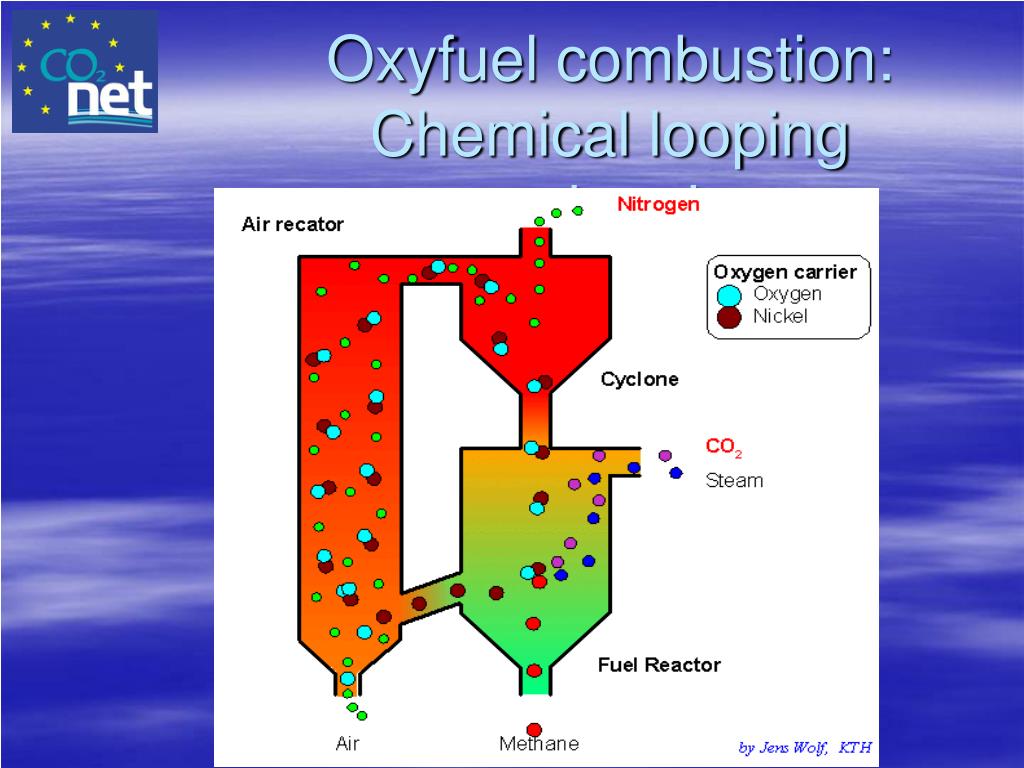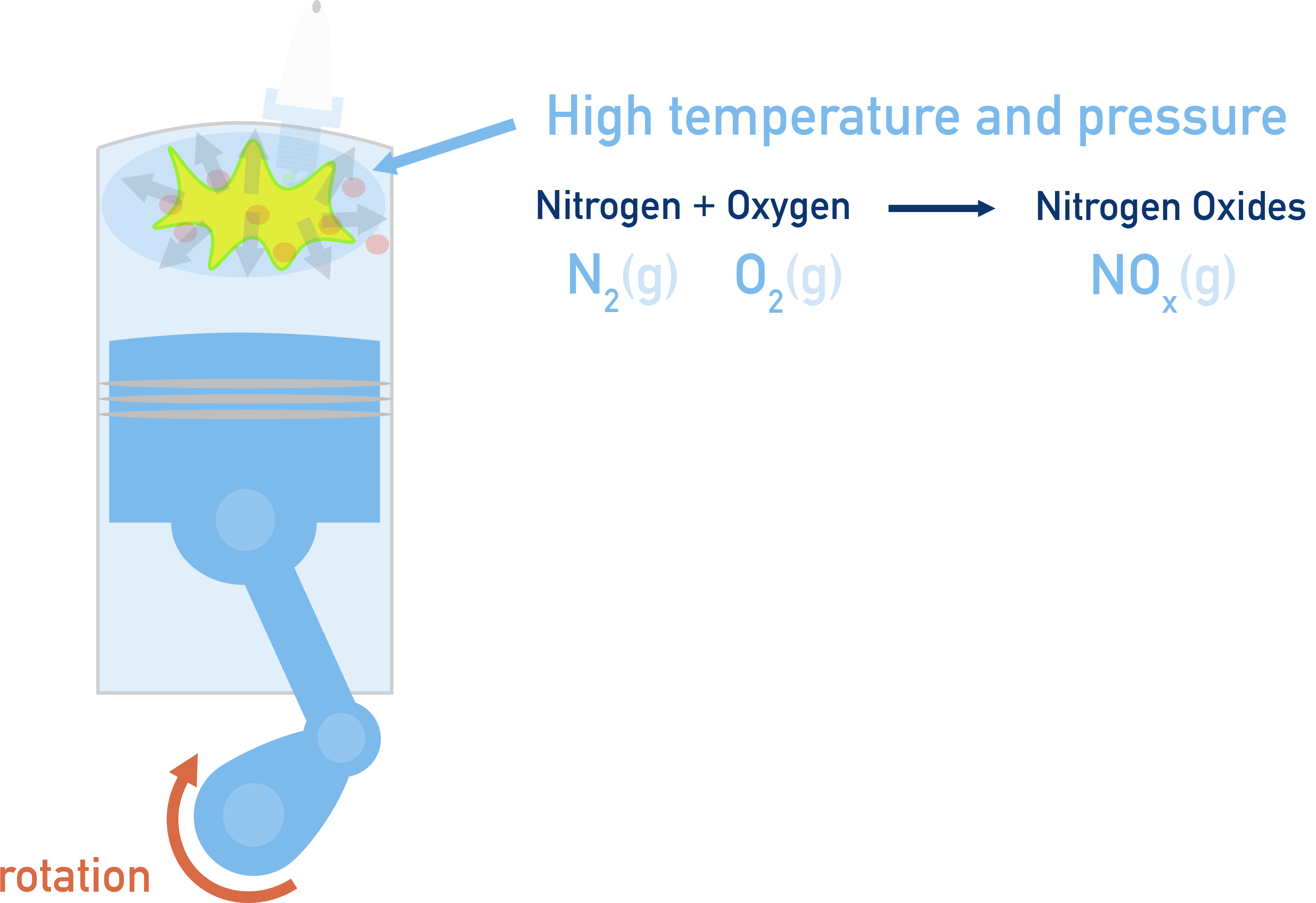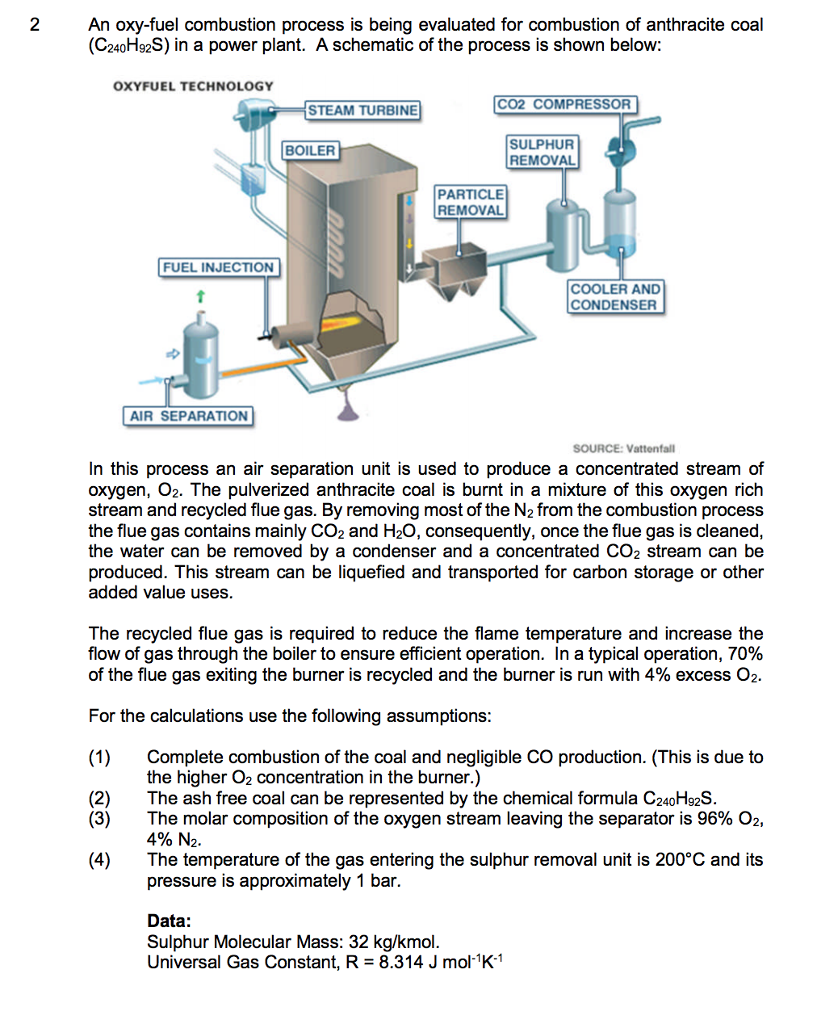The Role Of Nitrogen In The Oxyfuel Combustion Process

Imagine a world where power plants emit significantly less carbon dioxide, where skies are clearer and the air is fresher. This isn't a distant dream but a tangible goal propelled by innovations in combustion technology. At the heart of this progress lies the surprising role of an element often overlooked: nitrogen.
While oxyfuel combustion, a promising carbon capture technology, fundamentally replaces air with pure oxygen, the presence – and management – of nitrogen becomes a critical factor in its efficiency and viability. Understanding nitrogen's role in this process is key to unlocking cleaner energy production.
Oxyfuel Combustion: A Primer
Oxyfuel combustion is a process where fuel is burned in a nearly pure oxygen environment instead of air. This dramatically alters the composition of the flue gas, the exhaust stream from the combustion process.
The primary goal is to produce a flue gas stream that is primarily carbon dioxide (CO2) and water vapor (H2O). Separating CO2 from this concentrated stream is significantly easier and more cost-effective than separating it from the dilute exhaust of traditional air-fired combustion.
The captured CO2 can then be stored underground (geological sequestration) or utilized in various industrial processes, preventing its release into the atmosphere and mitigating climate change.
The Trouble with Air: Nitrogen's Traditional Role
In conventional air-fired combustion, nitrogen constitutes about 78% of the air by volume. It acts primarily as a diluent, absorbing heat during combustion and lowering the flame temperature.
This dilution reduces the efficiency of the combustion process. A large volume of exhaust gas must be processed, increasing energy consumption and costs.
Nitrogen also contributes to the formation of nitrogen oxides (NOx), harmful pollutants that contribute to smog and acid rain. Controlling NOx emissions requires additional equipment and operational complexity.
Nitrogen in Oxyfuel: An Unavoidable Guest
While oxyfuel combustion aims to eliminate air, achieving a 100% oxygen environment is practically impossible and, in some cases, even undesirable. Nitrogen inevitably finds its way into the system through several pathways.
Firstly, even the purest oxygen streams contain trace amounts of nitrogen. Air leakage into the combustion chamber and fuel-bound nitrogen, present in fuels like coal and biomass, also contribute to its presence.
These seemingly small amounts of nitrogen can have a significant impact on the oxyfuel combustion process, influencing everything from flame stability to heat transfer.
Impact on Flame Temperature and Stability
Even small quantities of nitrogen in oxyfuel combustion can lower the flame temperature. This effect, while less pronounced than in air-fired combustion, must be carefully considered.
Lower flame temperatures can lead to incomplete combustion, reducing efficiency and increasing the formation of unburned hydrocarbons and carbon monoxide.
In some cases, a small amount of nitrogen can actually help stabilize the flame by moderating the reaction rate and preventing excessive temperature spikes. Striking the right balance is crucial.
NOx Formation in Oxyfuel Environments
While oxyfuel combustion significantly reduces NOx formation compared to air-fired combustion, it doesn't eliminate it entirely. Several mechanisms contribute to NOx production in oxyfuel flames.
Thermal NOx formation, which occurs at high temperatures, is suppressed due to the lower flame temperatures achieved in some oxyfuel configurations. However, fuel-bound nitrogen can still react to form NOx.
Furthermore, the presence of oxygen radicals in the oxygen-rich environment can promote the oxidation of nitrogen to NOx. Specialized combustion strategies and control technologies are often required to minimize NOx emissions.
Strategies for Nitrogen Management
Effective management of nitrogen in oxyfuel combustion is essential for optimizing performance and minimizing emissions. Researchers and engineers are developing various strategies to address this challenge.
One approach involves carefully controlling the oxygen purity of the oxidant stream. Optimizing the oxygen concentration can help balance flame stability and minimize NOx formation.
Another strategy is to implement staged combustion techniques, where fuel and oxygen are introduced in multiple stages to control the reaction rate and reduce peak temperatures. This can minimize both NOx formation and the risk of incomplete combustion.
The NOx recycle strategy is also effective. This method involves recirculating a portion of the flue gas back into the combustion chamber. This can reduce the concentration of oxygen and lower the flame temperature, which inhibits the formation of NOx. This strategy must be optimized to ensure that it doesn't negatively impact flame stability or combustion efficiency.
Advanced Technologies and Future Directions
Advanced technologies, such as chemical looping combustion (CLC), offer a potentially nitrogen-free alternative to conventional oxyfuel combustion. CLC uses metal oxides to transfer oxygen from the air to the fuel, eliminating the need for direct contact between nitrogen and the fuel.
Ongoing research focuses on developing new materials and processes for oxygen production that are more energy-efficient and cost-effective. Reducing the energy penalty associated with oxygen production is crucial for the widespread adoption of oxyfuel combustion.
Computational fluid dynamics (CFD) modeling plays an increasingly important role in understanding and optimizing oxyfuel combustion processes. CFD simulations can provide detailed insights into flame structure, heat transfer, and pollutant formation, enabling engineers to design more efficient and cleaner combustion systems.
The Bigger Picture: Towards a Sustainable Future
The development and deployment of oxyfuel combustion technology is a critical step towards a more sustainable energy future. By enabling cost-effective carbon capture, oxyfuel combustion can play a significant role in mitigating climate change and transitioning to a low-carbon economy.
The subtle but significant role of nitrogen in this process highlights the complexities and challenges involved in developing clean energy technologies. Continuous innovation and collaboration are essential to overcome these challenges and unlock the full potential of oxyfuel combustion.
As we move forward, a deeper understanding of the fundamental processes governing oxyfuel combustion will be crucial for optimizing its performance and ensuring its long-term viability. Embracing this challenge is essential for securing a cleaner and more sustainable future for generations to come.

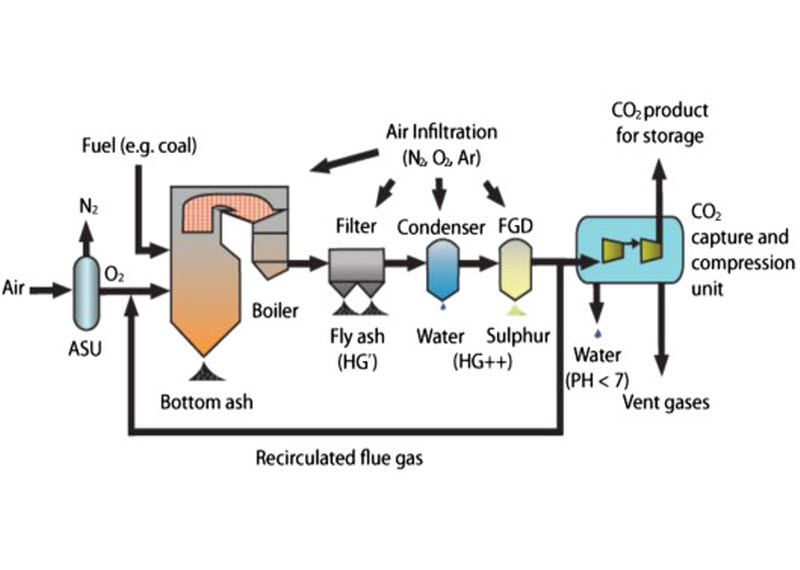



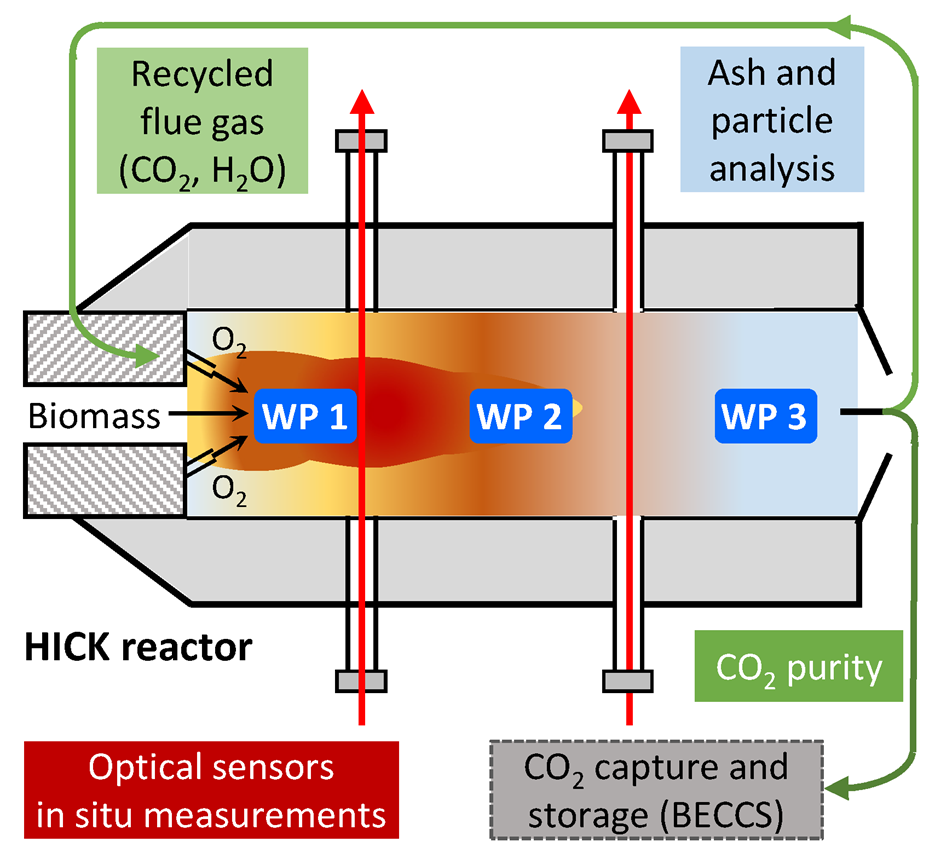


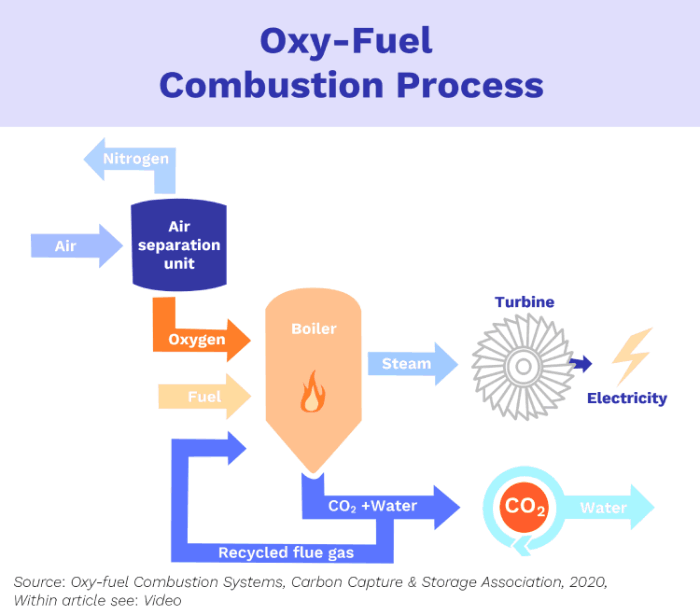

![The Role Of Nitrogen In The Oxyfuel Combustion Process [PDF] Overview of Oxy-Combustion Technology for Utility Coal-Fired](https://d3i71xaburhd42.cloudfront.net/4e1319bb26bb7556595b9e8a292605a150bd0b80/5-Figure2-1.png)
